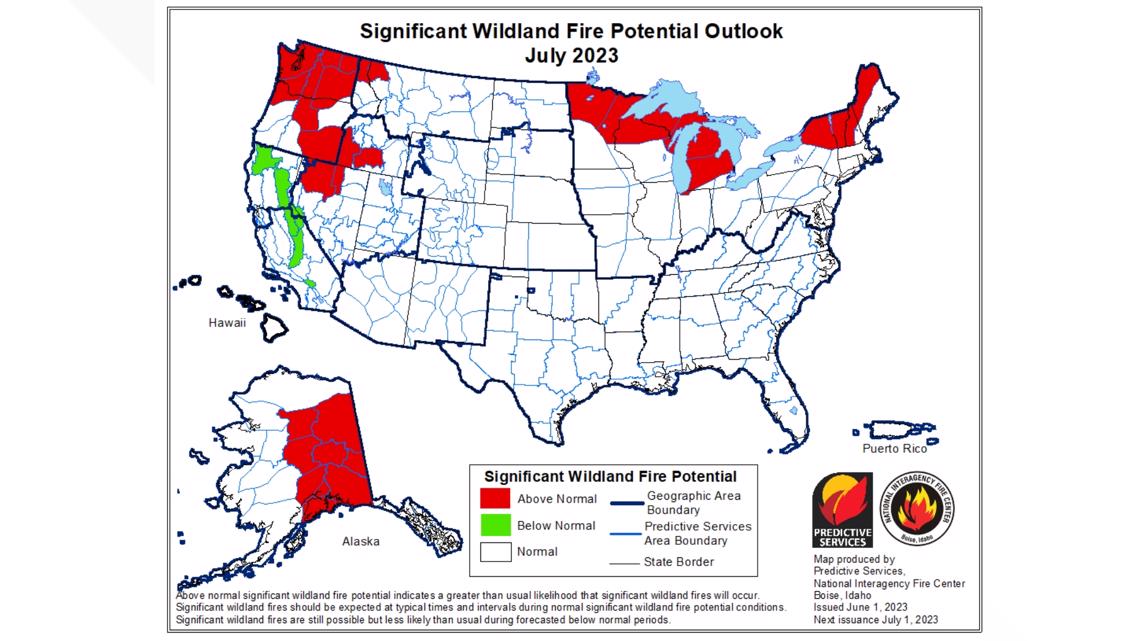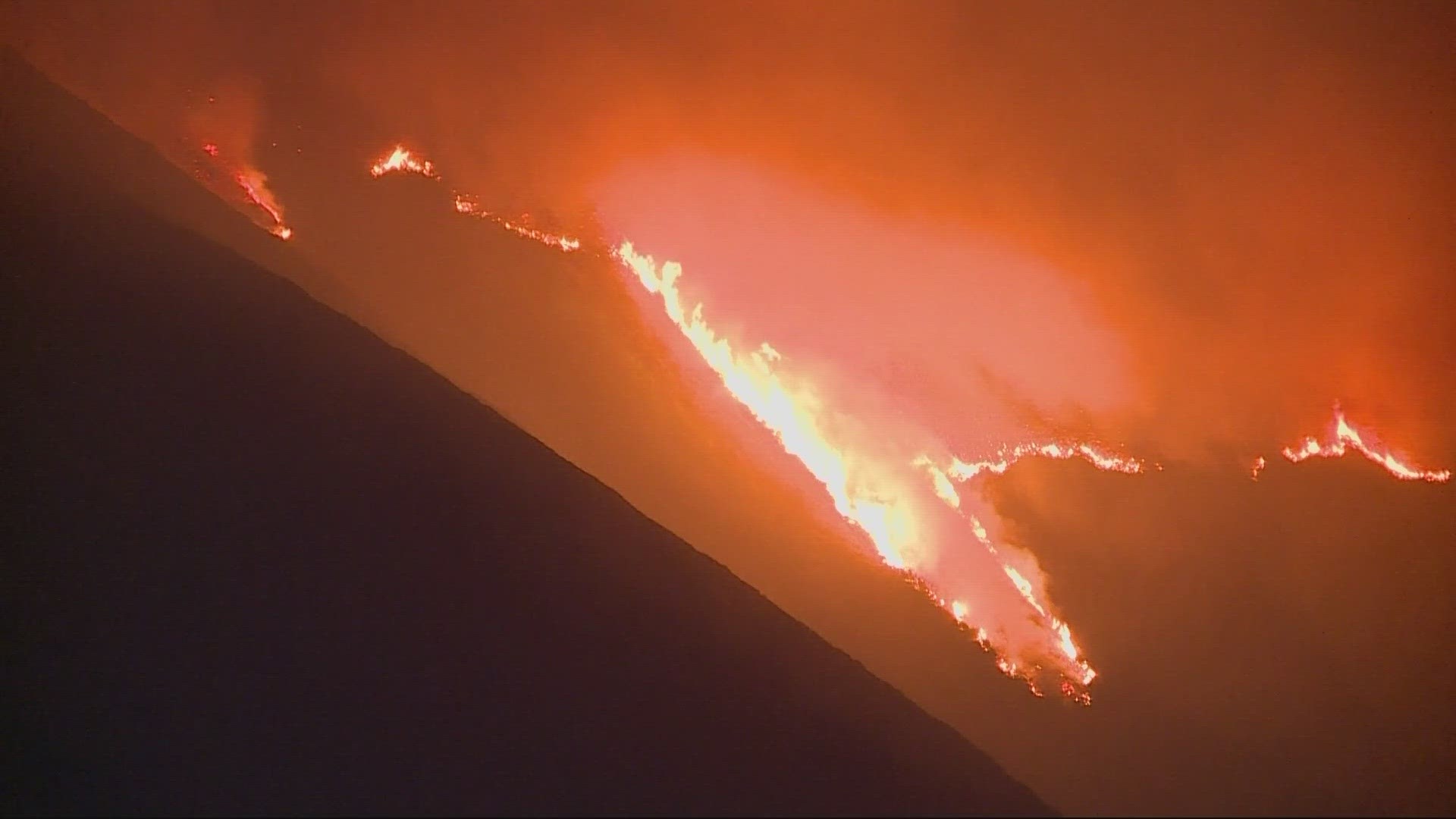PORTLAND, Ore. —
John Saltenberger, fire weather program manager with the U.S. Fish and Wildlife Service, hasn’t seen a fire season start like this in at least a few years.
Areas to the south of Oregon are mostly free of drought. Meanwhile, areas north of the Pacific Northwest are hot and dry.
“Canada is on fire, it’s been warm and dry. California has been cool and wet. It’s not on fire,” Saltenberger said. “How often do we see that pattern shape up?”
Saltenberger was delivering a briefing at the Northwest Interagency Coordination Center in Portland on Friday morning to experts from across state and federal firefighting agencies, including the Bureau of Indian Affairs, the U.S. Forest Service, the National Parks Service and the Bureau of Land Management.
The dramatic winter rains in California, which featured more than a dozen atmospheric rivers, have left much of the state and parts of the Great Basin much wetter than normal for this time of year, according to Saltenberger — so much so that some crews in parts of southern Oregon have been unable to do prescribed burns because the fuels are just too green.
But residents in the rest of the region have seen unusually hot and dry conditions for nearly two months leading into the start of the summer. Prescribed burns in parts of western Oregon have been curtailed because the fuels were too dry.
Couple that with the return of El Niño — warm sea-surface temperatures in the equatorial Pacific that can portend hot and dry summer weather for the Pacific Northwest — and Saltenberger said that has the makings for high fire risk.
“I’m putting all of Washington into above-average potential for large costly fires as we move into the heat of July and fire season really kicks in,” Saltenberger said. “I’m also going to include southeast Oregon and northwest Oregon.”


Many of the ecosystems in the Pacific Northwest have evolved to coexist with fire, and in fact, some species depend on periodic burns to thrive. What Saltenberger tracks is areas that have the potential to burn at intensities far beyond what would occur naturally.
“These areas are probably the prime regions where those optimum combinations of windy, dry conditions, high fire danger and ignitions all come together at the same time and the same place,” he said.
Of course, several of those factors are beyond human control, but experts at Friday’s meeting drove home that the vast majority of ignitions are caused by people. They stressed that recreating responsibly — along with proper disposal of cigarette butts and avoiding using equipment that can create sparks on days with high fire danger — can make everyone safer.

